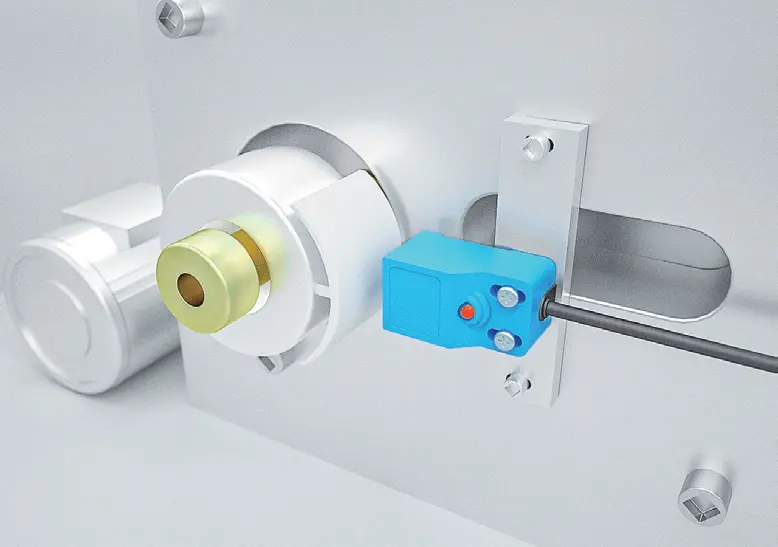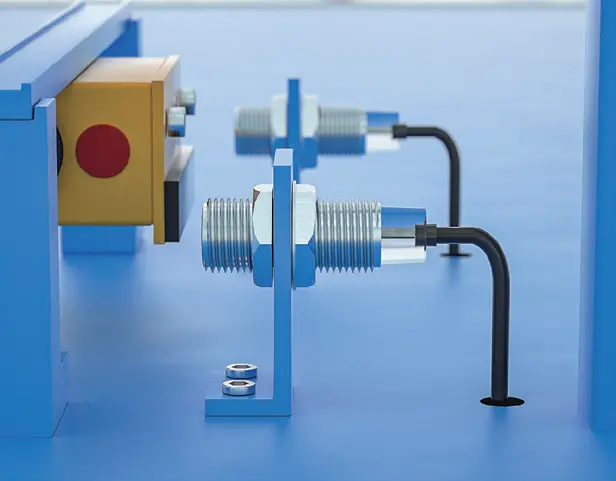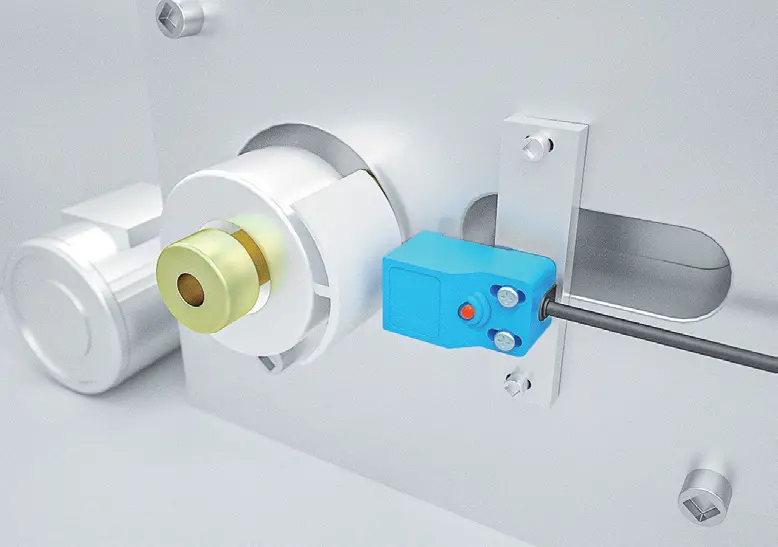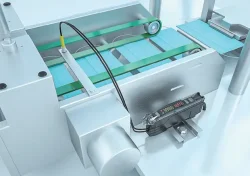2024-01-10
Proximity sensor is a general term for sensors that detect objects without touching them instead of contact detection methods such as limit switches. It can detect the movement and presence information of the object and convert it into an electrical signal. Among the detection methods that convert them into electrical signals, there are methods that utilize eddy currents generated in the metal body of the detection object caused by electromagnetic induction, methods that change the capacity of the electrical signal caused by the proximity of the detection object, and methods that use a sharp stone or a guide switch.

Outline:
A proximity sensor is a device with the ability to perceive the proximity of an object. It uses the sensitivity of a displacement sensor to the approaching object to recognize its proximity and output corresponding switch signals. Therefore, a proximity sensor is commonly referred to as a proximity switch.
[1]It is a general term for sensors that replace contact detection methods such as switches, with the purpose of not touching the detected object. It can detect the movement and presence information of the object and convert it into electrical signals.
[2] In the JIS specification, the JIS specification (JIS C 8201-5-2 Low-voltage switchgear and controlgear, No.5 Control circuit machines and switching elements, Section 2 Proximity switches) has been established in accordance with the switches for non-contact position detection of IEC 60947-5-2. In the JIS definition, products that can detect the proximity of an object and the presence or absence of a nearby detected object in a non-contact manner even in sensors are generally called "proximity switches," and are composed of inductive, electrostatic capacitive, ultrasonic, photoelectric, and magnetic types, etc. In this technical guide, proximity switches are defined as those that detect the presence or absence of an object in the vicinity of the sensor. For the purpose of this technical guide, inductive proximity sensors that detect the presence of metal, electrostatic capacitance proximity sensors that detect the presence of metal or non-metallic objects, and switches that utilize a DC magnetic field generated by magnetic force are defined as "proximity sensors".
Principle:
Detection principle of inductive proximity sensors
The magnetic loss caused by eddy currents generated on the surface of a conductor is detected by the influence of an external magnetic field. In this method, an alternating magnetic field is generated in the detection coil, and the impedance change caused by the eddy current generated in the metal body of the sensor is detected.
In addition, as another approach, an aluminum detection sensor that detects a frequency phase component and an all-metal sensor that detects only the impedance change component by means of a working coil are included.
A transformer state occurs on the surface of the detecting body side and the sensor side.

Special features:
① Since it can detect in a non-contact manner, it will not wear or damage the object to be detected.
② Extended life due to contactless output method (except for magnetic type) Semiconductor output is used, which has no effect on the life of the contact.
③ Unlike the optical detection method, it is suitable for use in environments such as water and oil, etc. Detection is virtually unaffected by stains, oil, water, etc. on the test object. In addition, Teflon housing type and products with good resistance to chemicals are also available.
④ High-speed response is possible compared to contact switches.
⑤ Wide range of temperatures can be accommodated.
(6) Unaffected by the color of the object to be detected Changes in the physical properties of the object to be detected are detected, so it is almost unaffected by the color of the surface.
(vii) Unlike contact type, it is affected by the surrounding temperature, surrounding objects, and similar sensors including inductive type and electrostatic capacitance type, and the sensors interact with each other. Therefore, it is necessary to consider mutual interference when setting up sensors. In addition, in the inductive type, it is necessary to consider the influence of the surrounding metal, and in the electrostatic capacity type, it is necessary to consider the influence of the surrounding objects.
Applications:
Proximity sensors are mainly used to detect the displacement of objects and are widely used in aviation and space technology as well as in industrial production. In daily life, such as hotels, restaurants, garages, automatic doors, automatic heaters have applications. In security and anti-theft, such as data archives, accounting, finance, museums, vaults and other important places, usually equipped with a variety of proximity switches composed of anti-theft devices. In measurement technology, length, position measurement; in control technology, such as displacement, speed, acceleration measurement and control, are also users of a large number of proximity switches.

The working principle of photoelectric sensors and methods for adjusting distance





